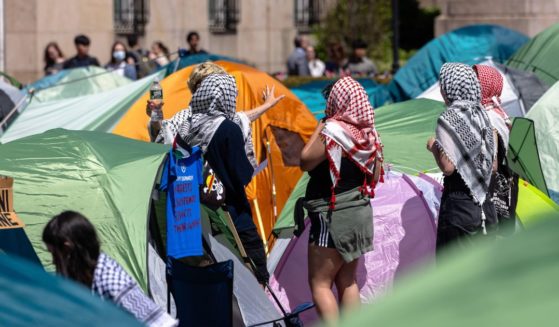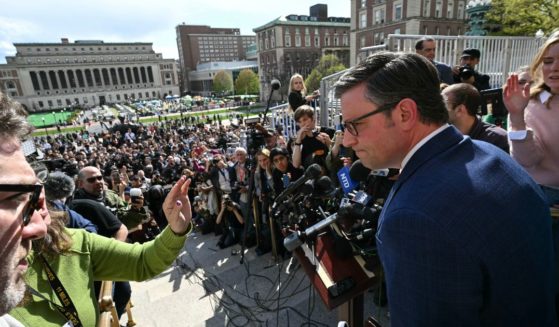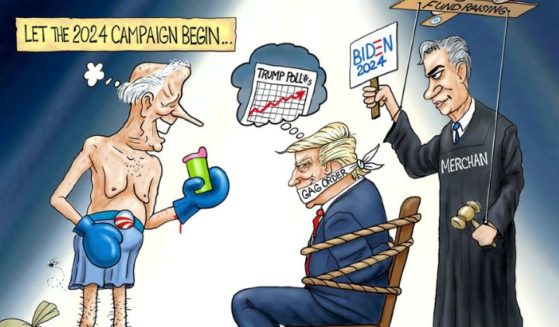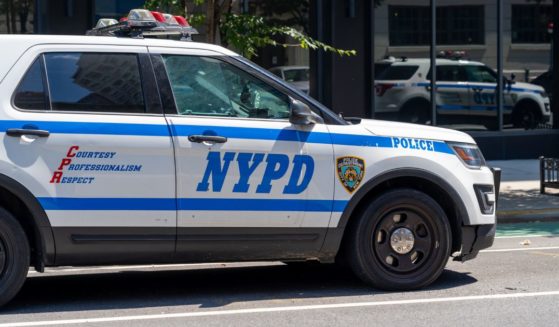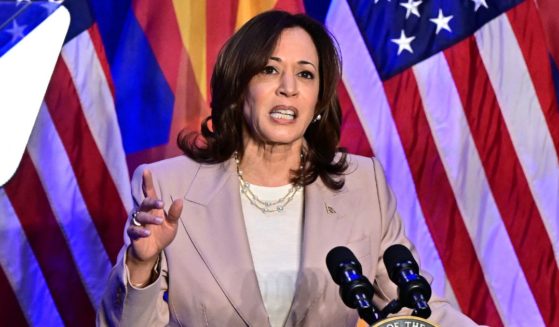'New Point' in Pandemic Calls for Updated School COVID-19 Guidelines, CDC Says
Vaccinated teachers and students do not need to wear masks inside school buildings, the Centers for Disease Control and Prevention said Friday in relaxing its COVID-19 guidelines.
The changes come amid a national vaccination campaign in which children as young as 12 are eligible to get shots, as well as a general decline in COVID-19 hospitalizations and deaths.
“We’re at a new point in the pandemic that we’re all really excited about, and so it’s time to update the guidance,” said Erin Sauber-Schatz, who leads the CDC task force that prepares recommendations designed to keep Americans safe from COVID-19.
The nation’s top public health agency is not advising schools to require shots for teachers and vaccine-eligible kids. And it’s not offering guidance on how teachers can know which students are vaccinated or how parents will know which teachers are immunized.
“That’s probably going to make for some challenging school environments,” said Elizabeth Stuart, a John Hopkins University public health professor who has children in elementary and middle schools.
“It would be a very weird dynamic, socially, to have some kids wearing masks and some not. And tracking that? Teachers shouldn’t need to be keeping track of which kids should have masks on,” she said.
Another potential headache: The CDC says schools should continue to space kids — and their desks — three feet apart in classrooms.
But the agency emphasized that spacing should not be an obstacle to getting kids back in schools. And it said distancing is not required among fully vaccinated students or staff.
All of this may prove hard to implement, and that is why CDC is advising schools to make decisions that make the most sense, Sauber-Schatz said.
The biggest questions will be at middle schools, where some students are eligible for shots and others are not. If sorting vaccinated and unvaccinated students proves too burdensome, administrators might choose to just keep a masking policy in place for everyone.
“The guidance is really written to allow flexibility at the local level,” Sauber-Schatz said.
Indeed, in some of the nation’s largest school districts, widespread mask-wearing is expected to continue this fall.
In Detroit’s public schools, everyone will be required to wear a mask unless everyone in the classroom has been vaccinated. Philadelphia will require all public school students and staff to wear masks inside buildings, even if they have been vaccinated.
But masks will not be mandated in Houston schools.
What about requiring COVID-19 vaccination as a condition of school attendance?
The CDC on Friday did not recommend that measure because it is considered a state and local policy decision, officials said.
Early in the pandemic, some health officials said they were worried that schools might become coronavirus cauldrons that spark community outbreaks. But studies have shown that schools often see less transmission than the surrounding community when certain preventive measures are followed.
The new guidance is the latest revision to advice the CDC began making to schools last year.
In March, the CDC stopped recommending that children and their desks be spaced six feet apart, shrinking the distance to three feet, and dropped its call for the use of plastic shields.
In May, the agency said Americans in general do not have to be as cautious about masks and distancing outdoors, and that fully vaccinated people do not need masks in most situations. That change was incorporated into updated guidance for summer camps — and now, schools.
The new school guidelines say:
• No one at school needs to wear masks at recess or in most other outdoor situations. However, unvaccinated people are advised to wear masks if they are in a crowd for an extended period of time, such as in the stands at a football game.
• Ventilation and handwashing continue to be important. Students and staff also should stay home when they are sick.
• Testing remains an important way to prevent outbreaks. But the CDC also says people who are fully vaccinated do not need to participate in such screening.
• Separating students into smaller groups, or cohorts, continues to be a good way to help reduce spread of the virus. But the CDC discouraged putting vaccinated and unvaccinated kids in separate groups, saying schools should not stigmatize any group or perpetuate academic, racial or other tracking.
Becky Pringle, president of the National Education Association, called the new CDC guidance “an important roadmap for reducing the risk of COVID-19 in schools.”
“Schools should be consistently and rigorously employing all the recommended mitigation strategies, including requiring masks in all settings where there are unvaccinated individuals present, and ensuring adequate ventilation, handwashing, and cleaning,” she said.
U.S. Secretary of Education Miguel Cardona pledged to work with schools to help them get kids back into classrooms.
“We know that in-person learning offers vital opportunities for all students to develop healthy, nurturing relationships with educators and peers, and that students receive essential supports in school for their social and emotional wellbeing, mental health, and academic success.”
The Western Journal has reviewed this Associated Press story and may have altered it prior to publication to ensure that it meets our editorial standards.
Truth and Accuracy
We are committed to truth and accuracy in all of our journalism. Read our editorial standards.

